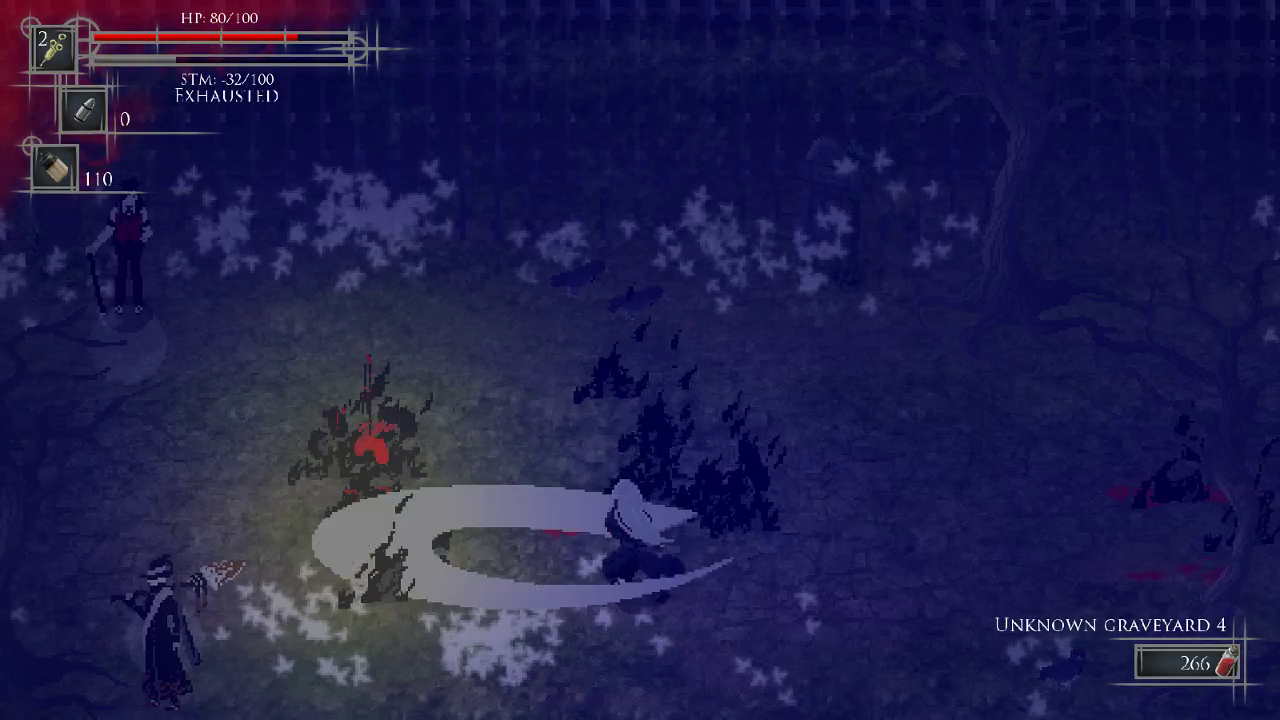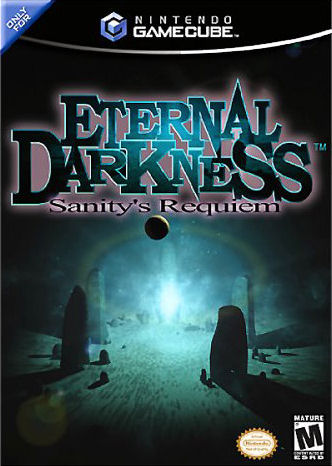


4Pinckney Webster Ellsworth, a prominent Hartford surgeon, also wrote an article in support of Wells’ assertion that appeared in the Boston Medical Surgical Journal 5-so started the Ether Controversy. Wells explained that he had discovered this property 2 yr earlier. When Wells, a Hartford dentist, as well as Morton’s former teacher and partner, read this article and saw that Morton and Jackson were taking credit for the discovery that insensibility to pain could be achieved through the inhalation of gases, he wrote a rebuttal. The article proclaimed that Jackson and Morton had discovered a way to render patients insensible to pain. (1818–1890 Professor Emeritus, Department of Surgery, Harvard Medical School), published his account of the trials that occurred at Massachusetts General Hospital. Morton was the hand.” 3The first real outcries that ignited the Ether Controversy began when Henry Jacob Bigelow, M.D. Originally, it was understood that Jackson was the actual discoverer of the process and Morton was the dispenser of this knowledge-or as has been stated, “Jackson was the head, and W.T.G. 1Subsequently, Morton and Jackson jointly patented this process of administering “such vapors (particularly those of Sulfuric Ether)” 2to cause insensibility to pain during surgical procedures.

Morton publicly administered an anesthetic using a compound that he called “Letheon.” In all, it took three trials with this anesthetic-in the last of which Morton had to reveal to the surgeons the active ingredient (sulfuric ether) in his preparation before they would agree to his administering of it-before the hospital affirmed it was safe to use in surgical procedures. The root of this conflict dates back to October 16, 1846, when, at the Massachusetts General Hospital, William T.


 0 kommentar(er)
0 kommentar(er)
